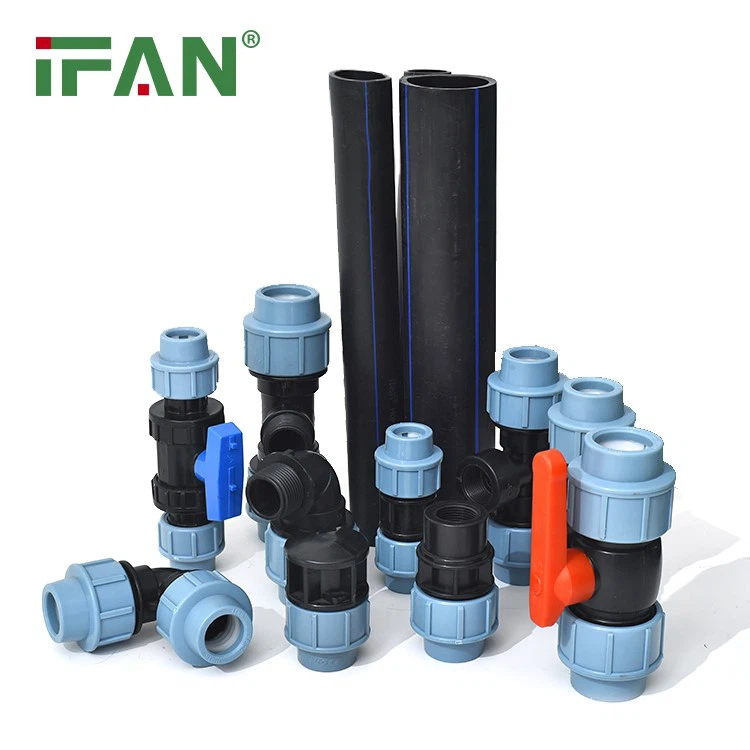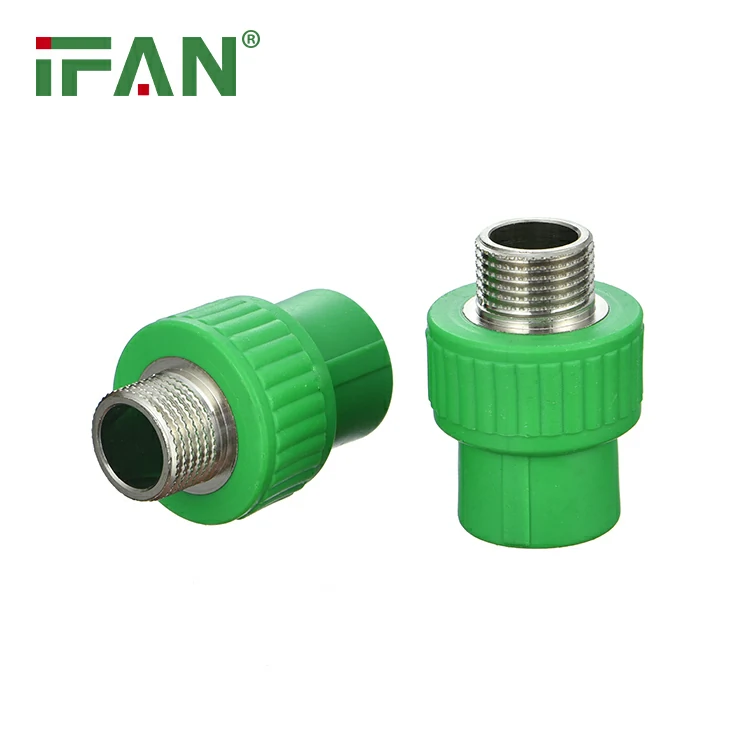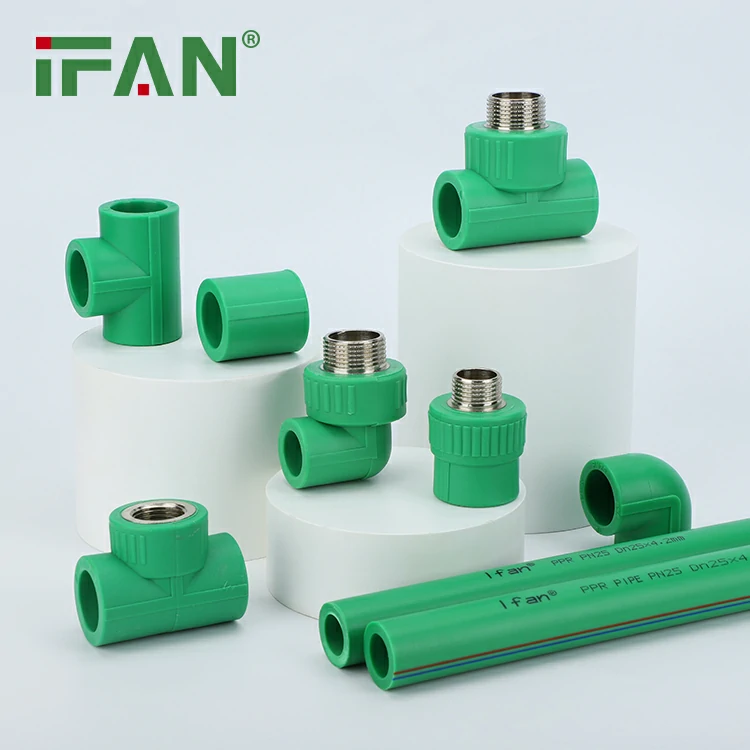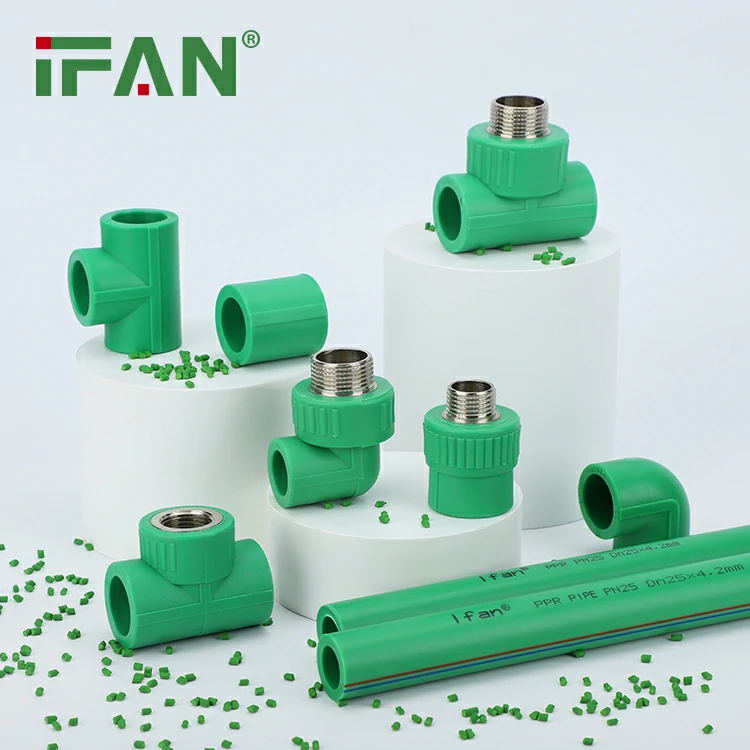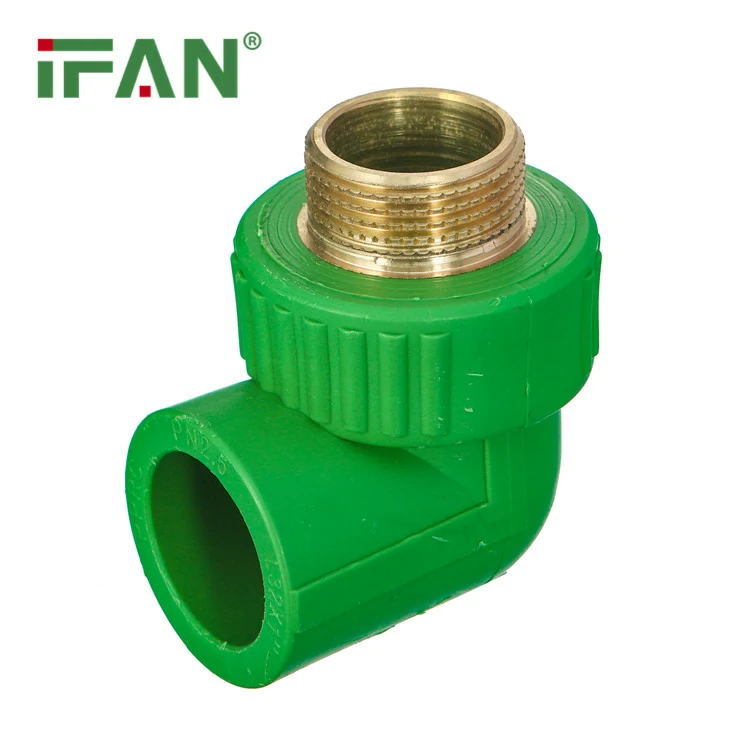Introduction
High-density polyethylene (HDPE) pipe fittings are widely used in various industries for their excellent corrosion resistance, high strength, and durability. In this article, we will explore the properties, types, and applications of HDPE pipe fittings.
Properties Of HDPE Pipe Fittings
HDPE is a thermoplastic polymer with a high molecular weight and density. It has excellent mechanical properties such as high strength, flexibility, and impact resistance. Other notable properties of HDPE pipe fittings include:
Corrosion resistance: HDPE is highly resistant to corroding agents, making it ideal for use in harsh environments with acidic or alkaline solutions.
Thermal stability: HDPE is resistant to high temperatures, making it suitable for use in applications that require high-temperature resistance.
Chemical resistance: HDPE is resistant to a wide range of chemicals, including acids, bases, and solvents.
UV resistance: HDPE is highly resistant to UV radiation, making it suitable for outdoor applications.
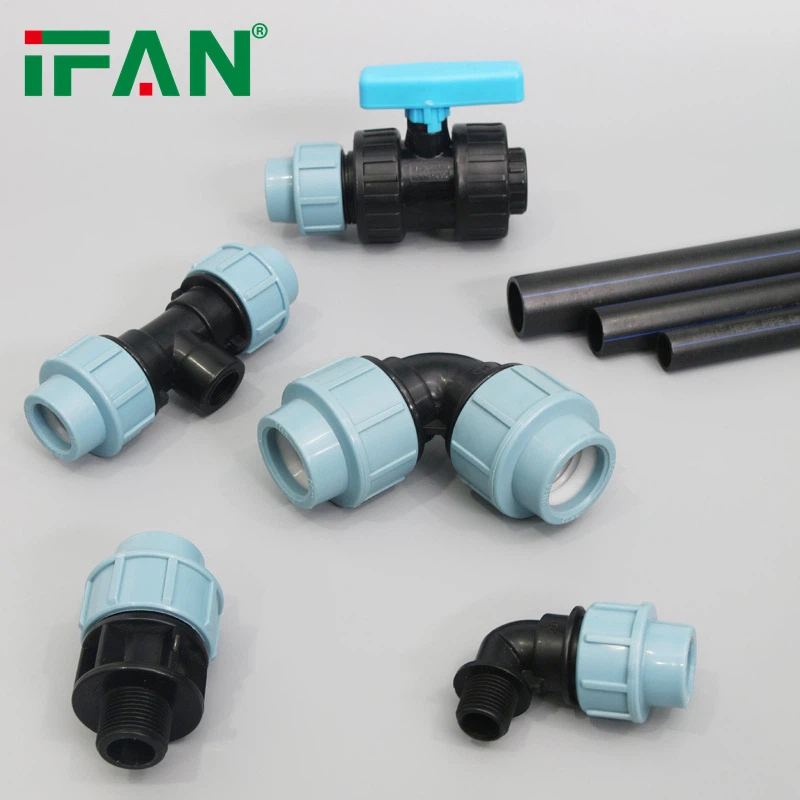
Types Of HDPE Pipe Fittings
There are several types of HDPE pipe fittings available, including:
Butt fusion fittings: Butt fusion is the most common method of joining HDPE pipes and fittings. Butt fusion fittings are used to connect two HDPE pipes or to create branch connections.
Electrofusion fittings: Electrofusion fittings use an electric current to melt the HDPE material at the joint, creating a strong and reliable connection. Electrofusion fittings are suitable for both above-ground and buried pipelines.
Compression fittings: Compression fittings use a compression nut and ring to create a leak-proof seal between the HDPE pipe and the fitting. Compression fittings are easy to install and are suitable for low-pressure applications.
Transition fittings: Transition fittings are used to connect HDPE pipes to other piping materials, such as PVC, steel, or ductile iron.
